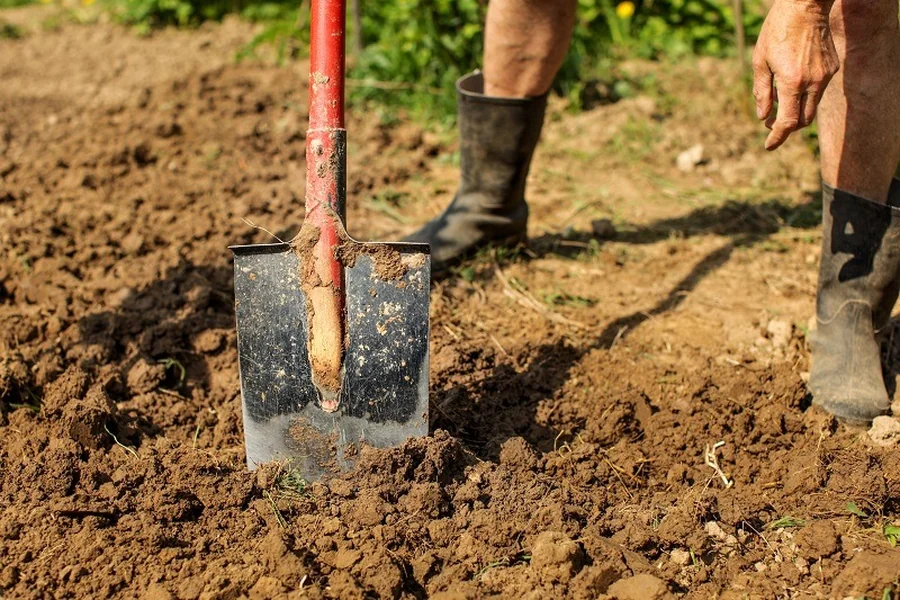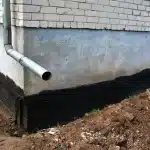Understanding the relationship between different soil compositions and structural foundations represents one of the most critical aspects of successful construction projects. Ground conditions directly influence foundation design, construction costs, and long-term structural stability. Thorough soil analysis ensures optimal foundation performance, while professional site preparation services help prevent costly complications throughout a building’s lifespan. Engineers and contractors must evaluate subsurface conditions thoroughly before determining appropriate foundation systems for any construction project.
Clay Soils and Their Foundation Challenges
Clay soils present unique engineering challenges due to their expansive and contractive properties. These fine-grained soils contain microscopic particles that absorb water readily, causing significant volume changes during wet and dry cycles. When clay soils expand, they exert tremendous upward pressure on foundations, potentially causing structural damage, cracking, and differential settlement. The plasticity index of clay determines its expansion potential, with high-plasticity clays requiring specialized foundation treatments.
Foundation systems in clay soils demand careful consideration of moisture control and soil stabilization techniques. Several effective approaches help mitigate clay soil challenges:
- Deep foundation systems that extend below the active zone of soil movement
- Chemical stabilization using lime or cement to reduce plasticity
- Moisture barriers and drainage systems to control water infiltration
- Pier and beam foundations that minimize soil contact
- Flexible foundation designs that accommodate minor soil movements
Professional geotechnical analysis becomes essential when dealing with expansive clay soils. These problematic earth materials can cause foundation failure if not properly addressed during the design phase. Moisture content variations in clay soils create ongoing challenges that require long-term monitoring and maintenance strategies.
Sandy Soils and Foundation Considerations
Sandy soils offer distinct advantages for foundation construction due to their excellent drainage properties and load-bearing characteristics. These granular materials provide stable support for most foundation types while allowing water to drain freely through their structure. However, sandy soils require specific design considerations to prevent settlement and ensure adequate bearing capacity for heavy structural loads.
The particle size distribution in sandy soils affects their engineering properties significantly. Well-graded sands with various particle sizes typically provide better compaction and stability than uniformly graded materials. Foundation design in sandy soils must account for potential liquefaction risks in seismic areas, where saturated sands can lose bearing capacity during earthquakes. Proper compaction techniques ensure optimal density and load-bearing performance.
Foundation options for sandy soils include several proven approaches:
- Shallow spread footings for light to moderate loads
- Mat foundations for uniform load distribution
- Driven piles for heavy structural loads
- Vibro-compaction to improve soil density
- Geotextile reinforcement for additional stability
Drainage considerations remain important even in well-draining sandy soils. Proper foundation waterproofing prevents moisture infiltration that could compromise structural integrity over time. Sandy soils generally require less extensive foundation treatments compared to problematic clay or organic soils.
Rocky and Mixed Soil Conditions
Rocky substrates and mixed soil conditions present both opportunities and challenges for foundation construction. Solid rock formations provide excellent bearing capacity and minimal settlement concerns, making them ideal for heavy structures and high-rise buildings. However, irregular rock surfaces and mixed soil-rock interfaces require specialized foundation techniques to achieve proper load distribution and structural stability.
Excavation costs increase significantly in rocky terrain, requiring specialized equipment and blasting techniques. Foundation design must accommodate varying bearing capacities across the site, particularly where soil transitions to rock or where rock quality varies substantially. Weathered rock formations may exhibit reduced bearing capacity and require careful evaluation during geotechnical investigations.
Mixed soil conditions demand flexible foundation approaches that accommodate varying subsurface characteristics. Engineering solutions for rocky and mixed conditions include:
- Stepped footings that follow rock contours
- Rock anchoring systems for steep slopes
- Socketed piles drilled into competent rock
- Bridging techniques over soft spots
- Flexible connection details between foundation elements
Professional assessment of rock quality and soil-rock interfaces ensures appropriate foundation selection. Weathering patterns, joint systems, and groundwater conditions in rocky areas influence foundation performance and require thorough investigation before construction begins.
Foundation Selection and Design Principles
Successful foundation selection requires comprehensive understanding of soil properties, structural loads, and environmental conditions. Geotechnical engineers evaluate bearing capacity, settlement potential, and soil-structure interaction to recommend optimal foundation systems. Cost-effectiveness balances initial construction expenses with long-term performance and maintenance requirements.
Environmental factors such as groundwater levels, frost depth, and seismic activity influence foundation design decisions significantly. Climate conditions affect soil behavior over time, requiring foundations that accommodate seasonal variations and long-term environmental changes. Proper foundation selection prevents costly repairs and ensures structural longevity.
Foundation design principles emphasize safety, economy, and constructability. Engineers must consider soil variability across construction sites, potential changes in soil conditions over time, and the interaction between different foundation elements. Quality control during construction ensures that foundation systems perform as designed throughout the structure’s service life.






